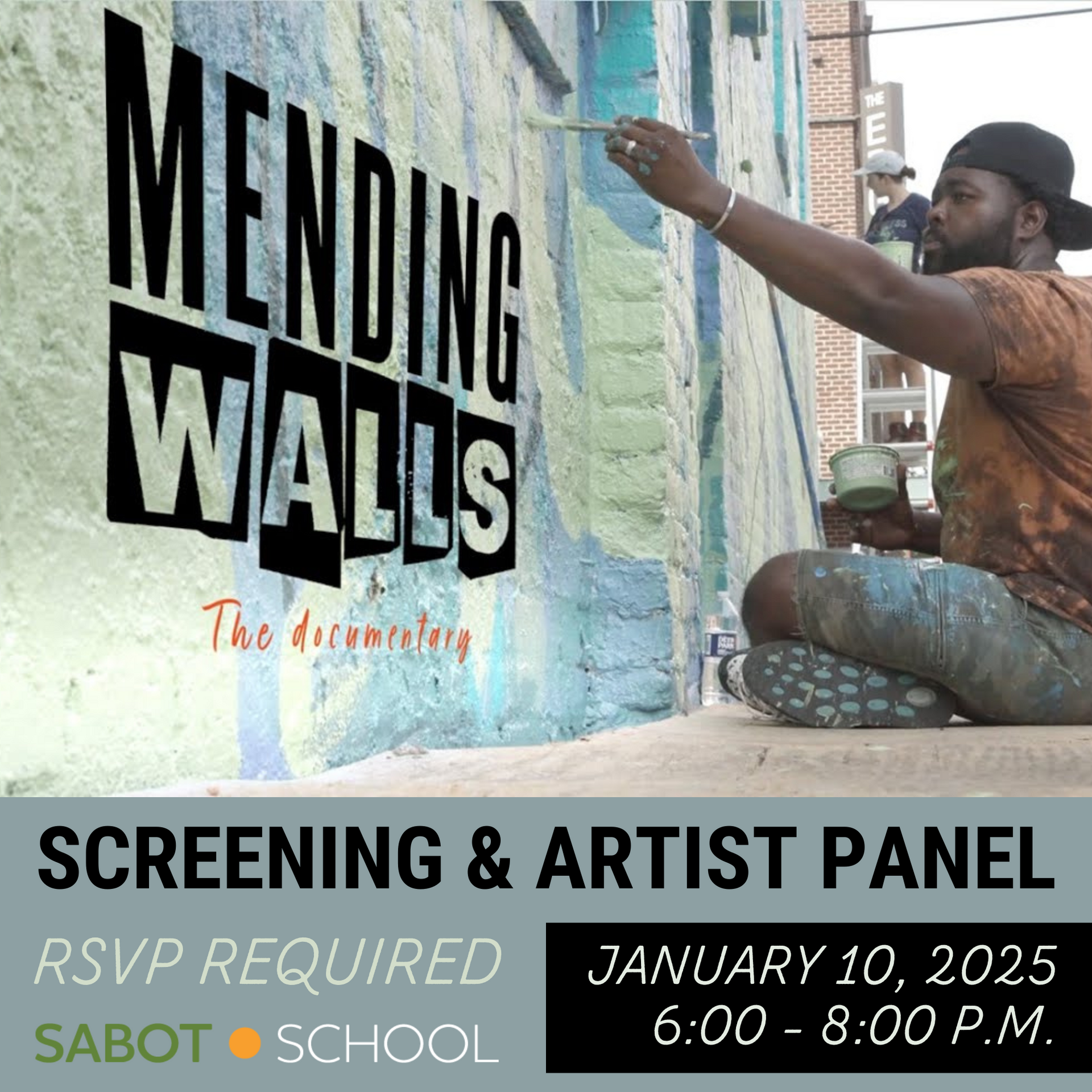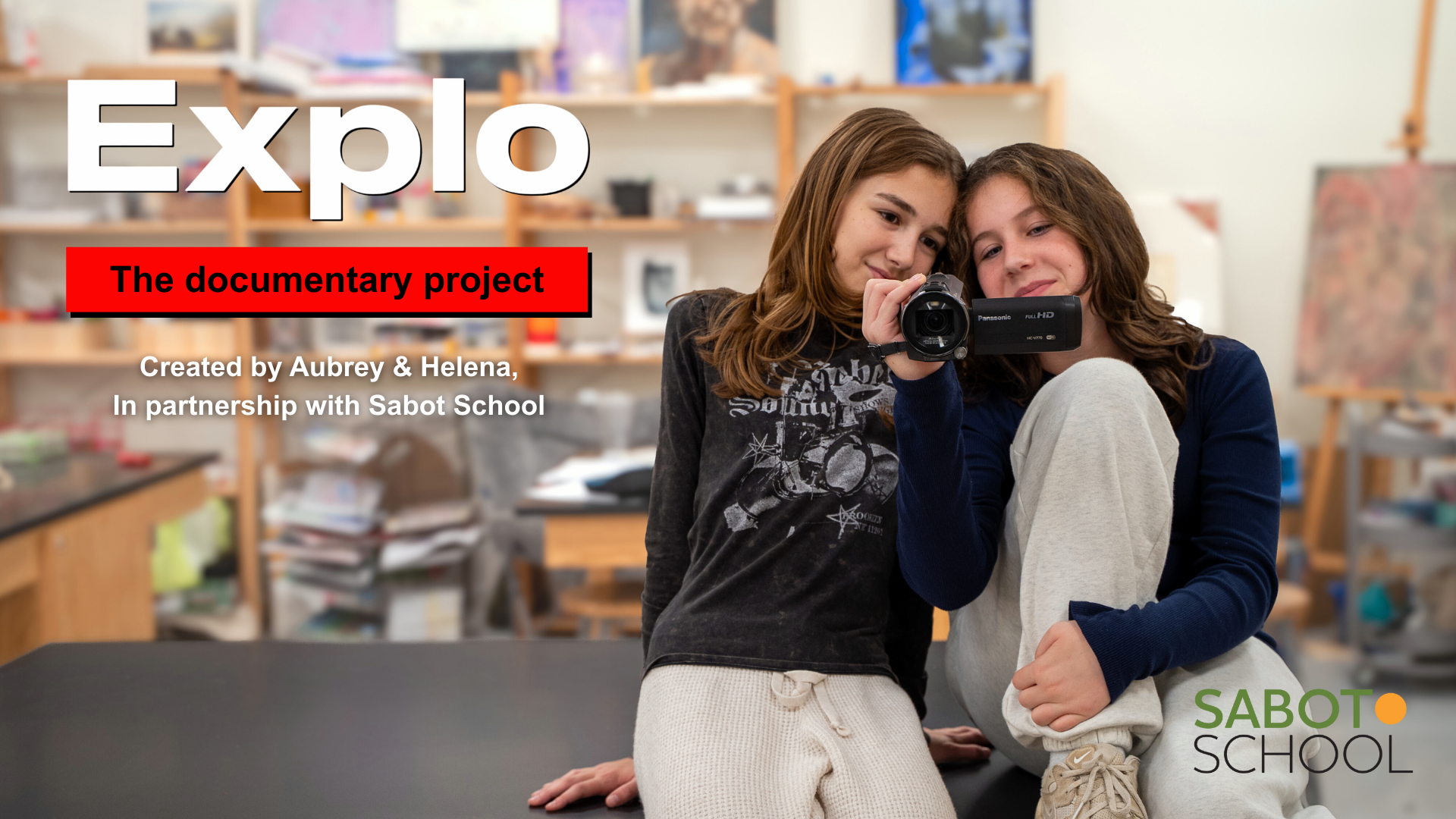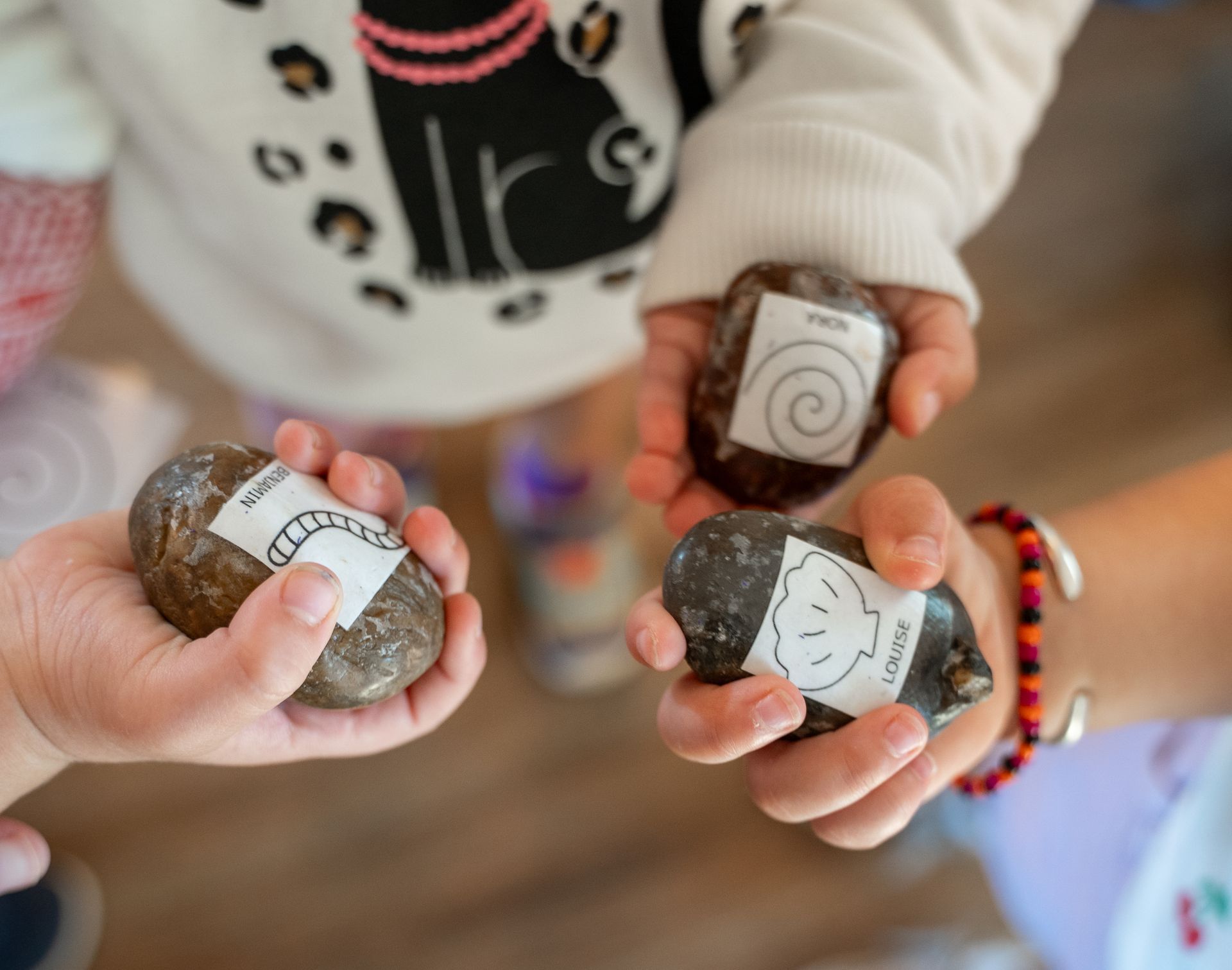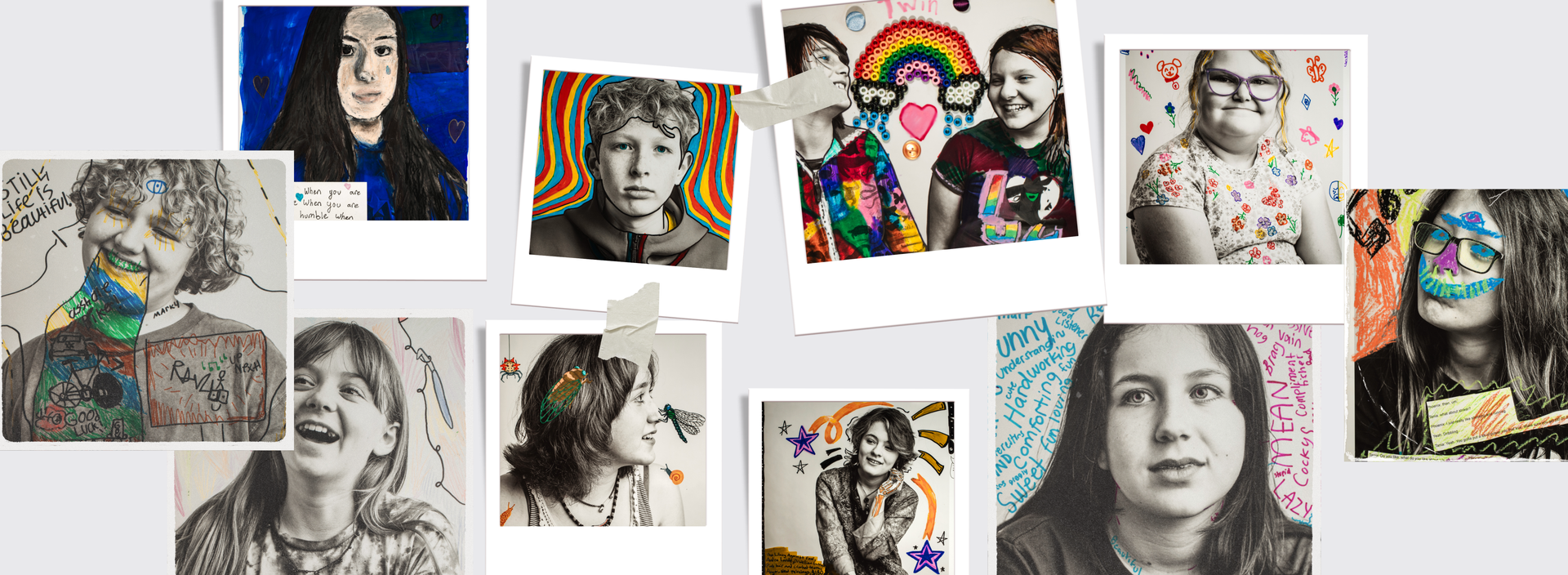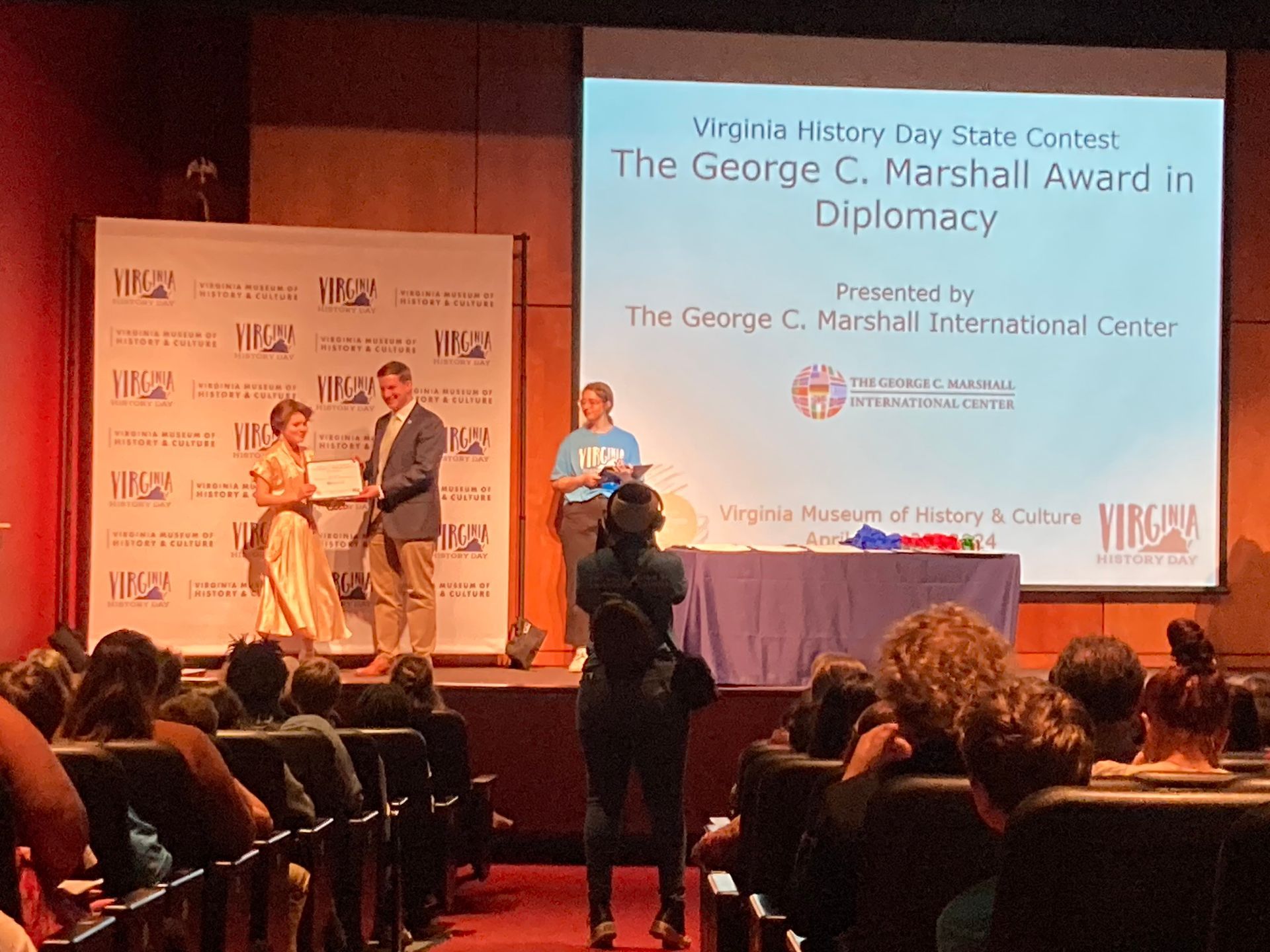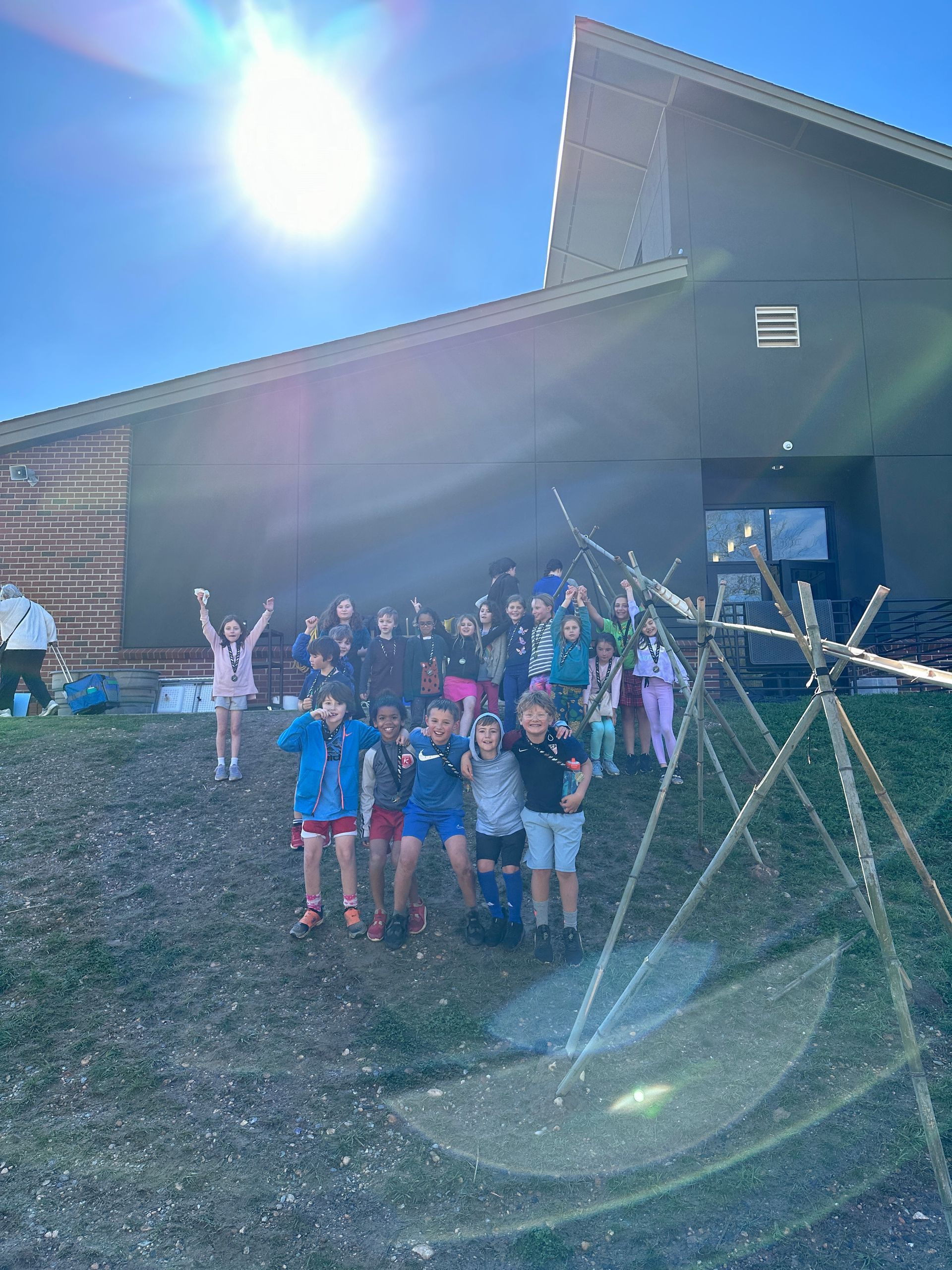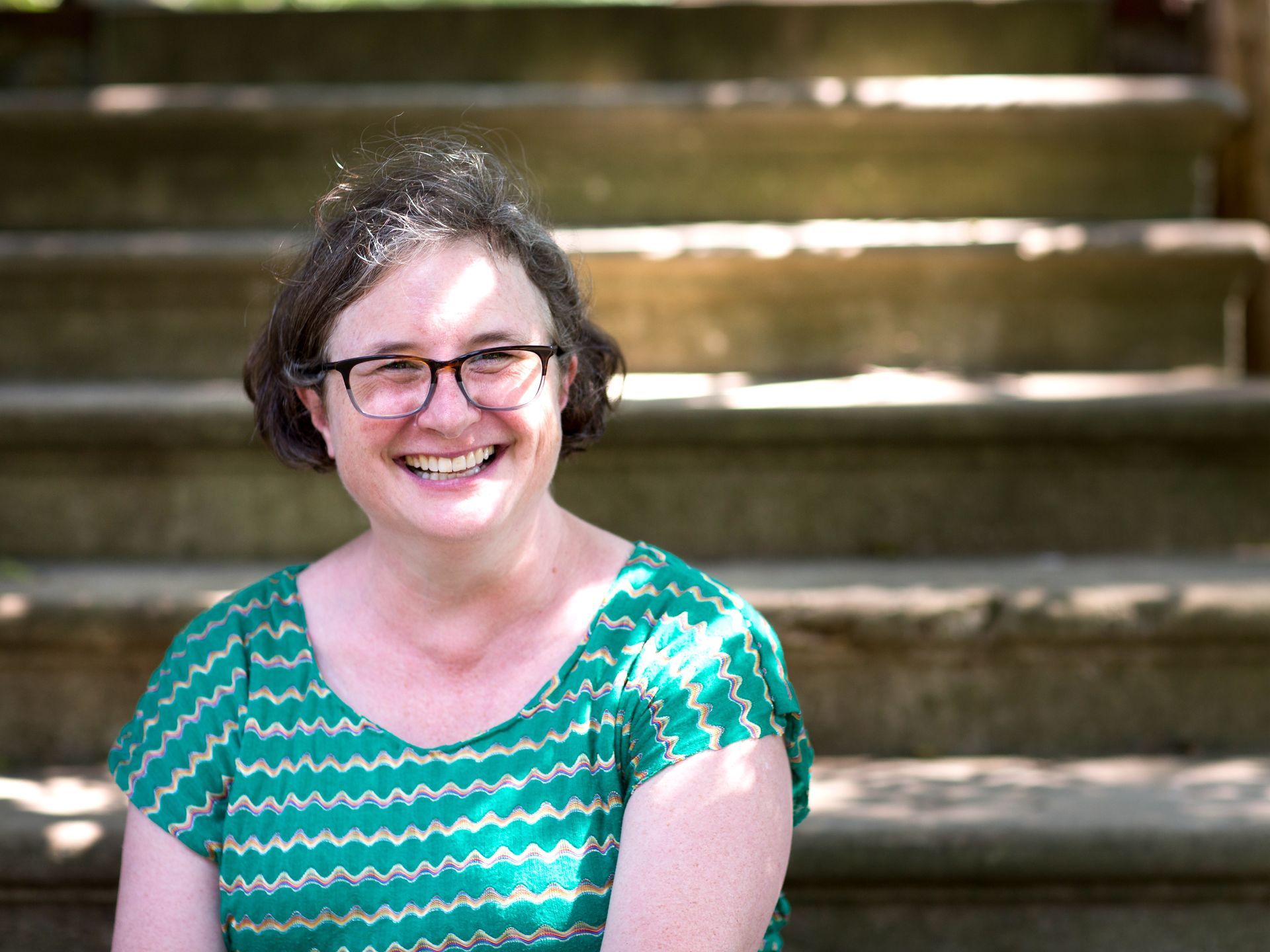There Must Always Be A Foundation: Listening, Mindfulness, and “Turtleness,” Part 1




In many world cosmologies, the universe has a cyclical nature and periods of creation and destruction that repeat themselves ad infinitum . One compelling mytheme that comes to us from seemingly disparate belief systems – like the Hindu, the Chinese, and the indigenous peoples of the Americas – is that of the world turtle (or tortoise)who supports the world on its back. An image thought to convey this conceptualization of Hindu cosmology shows a tortoise supporting four elephants supporting the world encircled by a serpent. The expression “turtles all the way down” goes even farther to entertain the idea that the world turtle is resting on even more turtles indefinitely. In reflecting on the direction of our umbrella project work thus far, which surprisingly has taken us to turtles and “turtleness,” this image resonates powerfully as a metaphor for what our yearly umbrella project (and all of our independent research projects for that matter) can and should do. A foundation is provided – a theme, a touchstone, a catalyst – upon which our work can be guided, processed, and expanded throughout the course of a year. Implicit in all of this is the understanding that additional supports are in place to make it happen – trust, relationship, and community within our classrooms and amongst our faculty. We place great trust in the umbrella idea (and in our students) to take us new places where we will explore new concepts together and expand our understanding of ourselves and the world around us. Turtles all the way down and support all the way up, connecting the dots as we go.
So how did we take our umbrella project on listening to turtles? It certainly didn’t happen right away…
Since the start of the school year, the third graders have been thinking about the role that mindfulness plays in being an active listener and respectful talker. In the spirit of full disclosure, it is fair to say that overall, this was a group that we hoped would reap the larger benefits from an umbrella project on listening and focus. The learning in our classroom environment is always highly dialogic, but for a number of children it was a challenge to find the balance between managing impulsivity, building self-awareness, and fine-tuning their communication skills – to either be reassured of the space and safety to express their thinking or, conversely, to more strategically hold back their internal monologue and allow other voices to be heard. In the early weeks of school, we invited the children to build listening devices with materials, and this did allow us to pre-assess their strengths and challenges as listeners and communicators in a whole group setting. We hit the pause button on creating our devices, however, when we realized that we needed to build a stronger, more supportive listening community.
Listening is much different from simply hearing – and much harder. Active listening requires a great deal of self-regulation, and these two skills are dependent upon each other. Listening is hard because it forces us to slow down and really be in the moment. It requires us to be patient with ourselves as we resist the temptation to move, talk, or interrupt and to be patient with others – waiting for the right time to respond or react and finding the right ways to respond or react. It requires real patience and timing.
As an educator, it is essential to be open to listening to children’s energy, to sense when it is time to help them stop, refocus, and redirect in order to take their learning process where it needs to go, and to hold back our own experiences and thoughts to keep from interrupting the flow of their own. While the children are talking and sharing their thinking, I listen to figure out a way to bring those ideas together, alternatively talking and asking them questions so that I can help bring their ideas together. Being mindful of my role as a constructivist guide-on-the-side and listening attentively to their cues and insights to help them connect the dots to larger intersubjective learning is the goal in making the learning – and the listening – less about “me” and more about “us.” Children are just in the beginning stages of building these skills.
- Leo: Listening is challenging because there are so many things to do in the world other than it…but if you listen to certain things, it could be about something that you like doing. Listening is hardest when you are distracted, so you need to focus. Sometimes when you listen you hear lots of things you won’t hear when you aren’t listening. Listening is hard and important…[but] if you just listen, you can’t make the conversation more deep. So if you are a listener you would just be listening to get information, but it would be very interesting if you could add some more ideas to make it a very deep conversation.
- Nathan: A talker…when they are not talking, they are either going over what they are going to say or they’re checked out. They are either talking, planning, or completely checked out.
- Miles: Listening is taking in information. It’s not just not talking.

When we asked the class to try to self-identify as either a talker or a listener, many children straddled the line, literally and figuratively, and it was a challenge to consider which is their proclivity. We should do both, but what do we do most – talk or listen – and why do we choose one more often than the other? They are different kinds of processing and they differ in a variety of contexts. What happens if we cannot find balance between the two – for ourselves and for our peers?
We asked the children to play with these ideas kinesthetically through talking/listening charades. Within each partnership, there were listeners and talkers who were given the instruction to use movement alone to convey each modality. How do listeners use their bodies to listen? How to talkers use their bodies to talk? Each partnership created a performance presented for audience feedback, after which the actors could share their stories, motivations, and artistic choices. Most of the “talkers” showed themselves to be far more physical (and often overbearing) in their role playing, while the “listeners” exuded calm and control, only becoming physical when interrupted or treated unfairly in the course of their performance stories. While talking and listening seemed dichotomous, Leo and Sabine then clarified that listening is not passive at all:
- Leo: If you are saying that talkers have a lot of energy then listeners do too. They’re not just sitting there listening. They need to show that by if someone asks someone a question to a listener. To show they are listening they need to have an idea to have the conversation to go deeper.
- Sabine: It’s harder to be a listener because you could just say whatever you want whenever you want, but you need to control what you say.

A picture created by Henry to show students listening and talking further emphasized the point that listeners need to be heard:
Carter: The talker is just like,”No, I’m going to keep talking about this… blah, blah, ” and the listener is just like “Why can’t I talk for a few minutes?”
Luke: The talker is like, “I know, I know!” and the listener is like “Yup, he’s right…I didn’t even get a chance”(uses bummed out voice)
Harper: I think that the listener is really upset [the talker] yelled out because they wanted a chance to share something.
Leo: I think that since that guy is yelling out everyone else already knows the answer and the other person who knows the answer and wants to share it calmly is feeling left out.
Elina: I think that the person who wanted to speak is feeling really disappointed because they didn’t get a chance because the other person is shouting out.
Weston: He feels stupid that he didn’t get to share his idea.
Miles: He kind of feel a little annoyed because they keep on yelling out.
Harper: I think that the person is saying yup he’s right is feeling invisible.
In combination, their charades and this picture got the class thinking about how it feels when one form of processing dominates the other. How could they solve this problem so that both talkers and listeners feel satisfied and supported? That’s when we moved into other forms of non-verbal communication and took our project thinking to the next level…
The post There Must Always Be A Foundation: Listening, Mindfulness, and “Turtleness,” Part 1 appeared first on Sabot at Stony Point.
SHARE THIS POST
